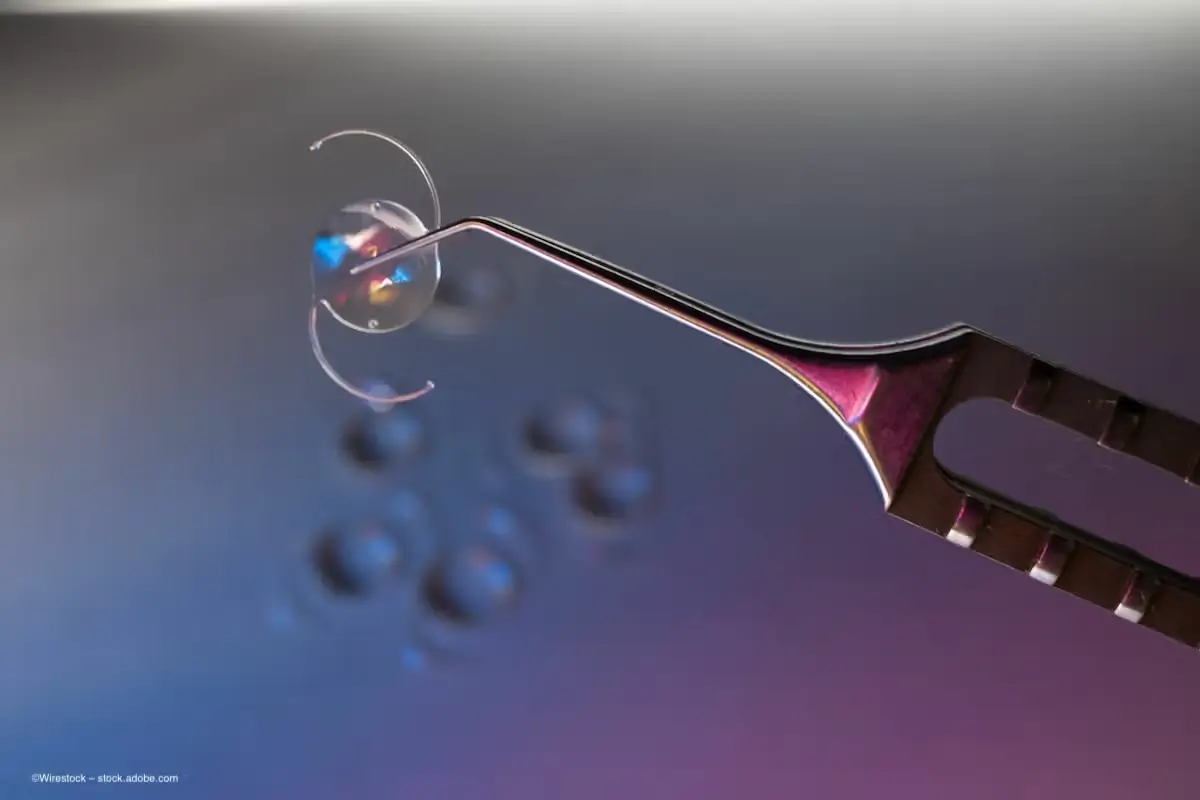
A resurgence in this IOL technology could create new possibilities in refractive correction
The restoration of accommodation in pseudophakia is indeed the last holy grail to be accomplished in cataract surgery. Most probably, we can state that once accommodation can be effectively restored with an IOL, the era of modern cataract surgery in terms of the development of surgical techniques and IOLs will be finished and its accomplishment will be the final landmark in this process.
However, the restoration of human eye accommodation is not easy. Many lenses have been proposed in the past with great disappointment. Some models, with single or dual optics, following initial positive results, failed to be demonstrated as truly accommodative in independent studies.1
Another problem with accommodative lenses is where the lens should be placed. Studies that have been performed in primate models have demonstrated that the capsular bag is not an adequate place to allocate an accommodative lens as fibrosis and lack of accommodative performance have been demonstrated consistently.2
The sulcus has been defined as the best place for an accommodative lens based on studies performed on a primate animal model, an issue that was later confirmed in pilot clinical trials.2,3 The sulcus indeed seems to be the best place for an accommodative lens. Recently, a new sulcus-based accommodative intraocular lens, the Lumina (AkkoLens), based on the Alvarez principle, has been described, and published with evidence.4 This innovative IOL consists of two varifocal optical surfaces that, when one slides onto the other on the frontal plane, cause a continuous change in the optical power of the eye according to the distance of fixation. Evidence has been published which has demonstrated in pilot phase 2/3 clinical trials that accommodation is gained in functional levels with excellent clinical safety.5,6
Recently, a new phase 3 study has been reported and will soon be published in the scientific literature concerning this new concept.7 The phase 3 study demonstrates that the Lumina lens accomplishes good far and near visual performance, with a gain in accommodation of up to 2.5 D measured with new methods to objectively measure the power of the eye according to distance and near fixation: the open field aberrometry and the new Plusoptix technology.
The patient-reported outcomes of the study demonstrated that this lens, on the contrary to multifocal and some extended depth of focus (EDOF) lenses, does not cause photic phenomena, and the neuroadaptation process needed postoperatively is minimal.8,9 This is a most relevant subject as photic abnormal phenomena are the main drawback of multifocal and EDOF lenses and can lead to explantation due to neuroadaptation failure.
In other words, accommodation seems to be now an accomplished goal in cataract surgery. IOLs with capability to accommodate will be, once they are generalised, the final step to accomplish cataract and IOL implantation in the modern era. This impressive step forward needs to be the subject of further multicentric trials, but it seems that today, the door is open for a new type of IOL surgery.
References
- Alió JL, Plaza-Puche AB, Montalban R, Ortega P. Near visual outcomes with single-optic and dual-optic accommodating intraocular lenses. J Cataract Refract Surg. 2012;38(9):1568-1575
- Alió JL, Ben-Nun J. Study of the force dynamics at the capsular interface related to ciliary body stimulation in a primate model. J Refract Surg. 2015;31(2):124-128.
- Sheppard AL, Davides LN. Clinical evaluation of the Grand Seiko Auto Ref/Keratometer WAM-5500. Ophthalmic Physiol Opt. 2010;30(2):143-151.
- Alvarez LW. Two-element variable-power spherical lens. U.S. Patent 3,305,294 (February 2, 1967).
- Alió JL, Simonov A, Plaza-Puche AB, Angelov A, Angelov Y, van Lawick W, Rombach M. Visual Outcomes and Accommodative Response of the Lumina Accommodative Intraocular Lens. Am J Ophthalmol. 2016;164:37-48.
- Alió JL, Simonov AN, Romero D, Angelov A, Angelov Y, van Lawick W, Rombach M. Analysis of Accommodative Analysis of Accommodative Performance of a New Accommodative Intraocular Lens. J Refract Surg. 2018;34(2):78-83
- Alió JL, Martínez-Abad A, Alió del Barrio JL, Plaza-Puche AB, Yebana P. One year outcomes of the phase III clinical study on the Lumina accommodative intraocular lens. Accepted for publication in J Refract Surg March 5th, 2025.
- Al-Shymali O, McAlinden C, Alio Del Barrio JL, Canto-Cerdan M, Alio JL. Patients’ dissatisfaction with multifocal intraocular lenses managed by exchange with other multifocal lenses of different optical profiles. Eye Vis (Lond). 2022;9(1):8.
- Al-Shymali O, Alió Del Barrio JL, McAlinden C, Canto M, Primavera L, Alio JL. Multifocal intraocular lens exchange to monofocal for the management of neuroadaptation failure. Eye Vis (Lond). 2022;9(1):40.
